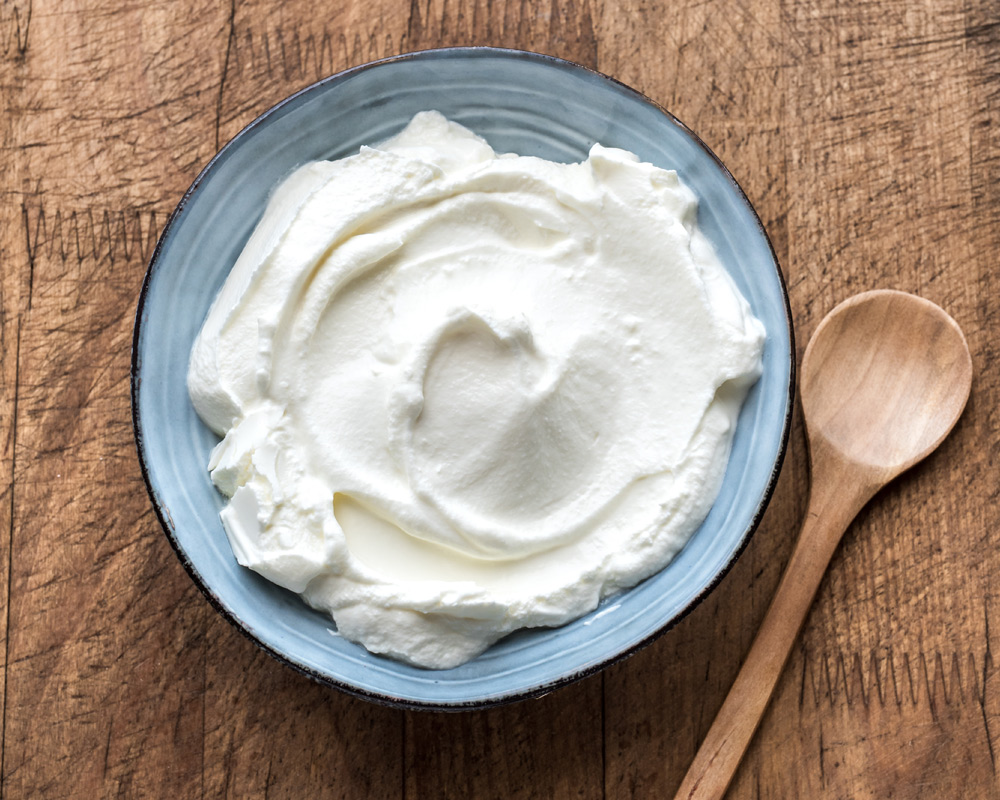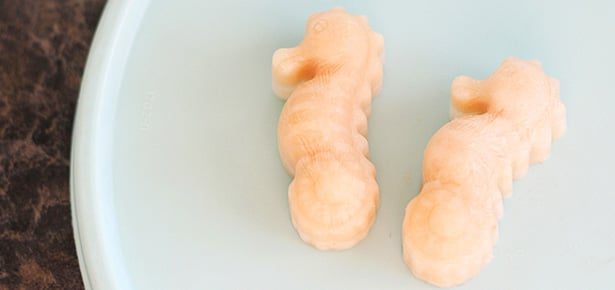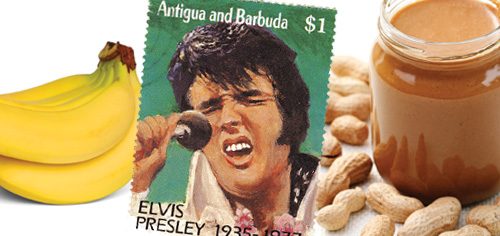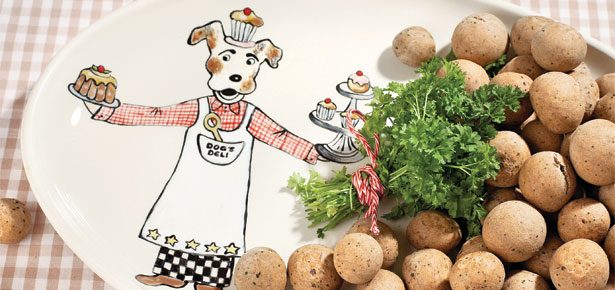

DIY Eat: Why You Should Give Your Dog Yogurt
Improved gut health is just one reason to feed your dog this nutrient-packed food
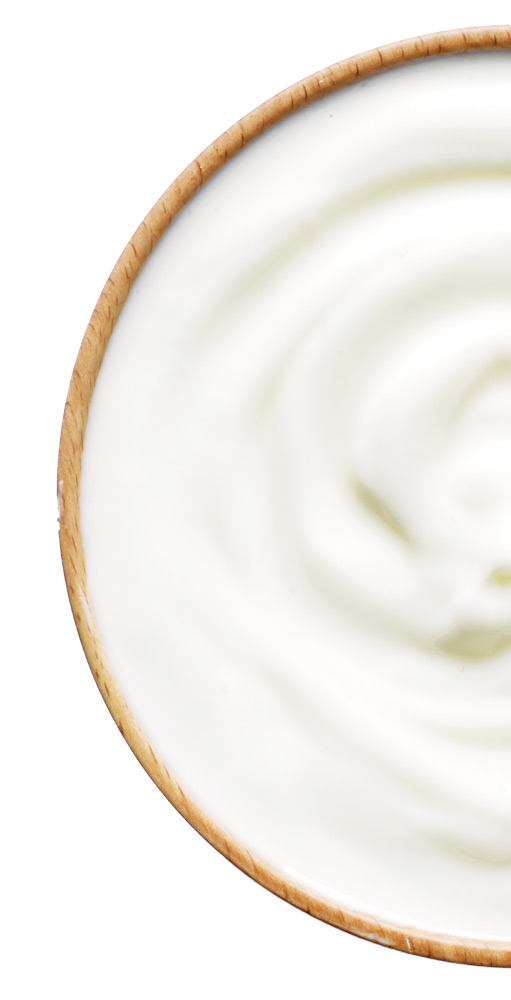
Yogurt is recognized by so many names around the world—katyk, dahi, zabadi, mast, leben raib, roba, cuajada, dovga, matsoni—and they all share the same history. As far back as 6000 BC, Ayurvedic writings referred to the health benefits of fermented milk. Even Genghis Khan, founder of the Mongol empire, is said to have fed his entire army yogurt because he believed that it instilled bravery in his warriors. More than likely, it was the perfect food to calm stormy stomachs.
Stamen Grigorov, a Bulgarian medical student, was the first to explain the benefits of eating a diet that included yogurt by discovering Bacillus bulgaricus, a lactic acid that is still used in today’s yogurt cultures. The first yogurt laboratory and factory were opened in France in 1932; you know it as today’s Danone Yogurt.
Dr. Martin Goldstein, author of “The Nature of Animal Healing,” says that healing all starts with food. He writes of yogurt, “Just as it helps us by providing friendly bacteria for our digestive tracts, so it helps pets, especially those with gas or diarrhea, and should definitely be given in conjunction with antibiotics for digestive support.”
Adding yogurt to our dogs’ diet provides them with a valuable source of protein and calcium, along with magnesium and potassium, vitamin D, K2 enzymes, essential fatty acids and whey, and its probiotics help to support their gastrointestinal system and boost immunity.
If your dog has been prescribed antibiotics, the probiotics in a dollop of yogurt can help to restore healthy intestinal flora thanks to strains of healthy bacteria that include Lactobacillus bulgaricus, Steptococcus thermophiles, Lactobacillus acidophilus, Lactobacillus casei, and Bifidus. It’s no wonder that yogurt is considered one of the world’s super foods.
Make Your Own Pet-Friendly, Probiotic-Packed Old Fashioned Yogurt
This recipe was taught to me many years ago. It is a generations old Eastern European recipe. It really, really works and it’s great for your whole family, dogs included!
Ingredients
*Choose organic ingredients whenever possible.
1 litre of whole milk, for example, homogenized cow milk or whole, naturally homogenized goat milk
1 small container (175 grams) of Balkan style yogurt (or goat milk yogurt, water buffalo yogurt, or sheep yogurt)
Instructions
1. Place milk in a large pot and bring to a boil. This is a “watch the pot carefully” recipe. Small bubbles will form around the edges first, and then bubbles move towards the center. Watch the milk carefully to ensure it doesn’t burn. You can do this by simply turning the heat down just before the milk reaches a rolling boil. Boil the milk for 15 minutes. A timer is useful for this step.
2. After 15 minutes, turn the stove off, and let the milk cool down until it is lukewarm. Do not remove the pot from the stove.
3. Then, in a small mixing bowl, whisk a small amount of the yogurt with a small amount of the boiled milk until smooth. For example, combine four tablespoons of milk and six tablespoons of yogurt. The more yogurt used, the more firm your own yogurt will be.
4. Place the mixture back in the pot that contains the rest of the milk. Cover the pot and leave it until yogurt has formed. You can check the pot from time to time. As the yogurt is forming, it looks a bit like Jell-O. The yogurt can take anywhere from eight to 12 hours to form. Semi-firm yogurt, perfect for dips, sauces, and meal toppers, will be ready in as little as four hours if you use whole goat milk. Whey will come to the top of your homemade yogurt, and it is good to use too. Serve as is, or, if you prefer to strain your yogurt, skim the whey (the liquid-y part) from the top.
5. Store homemade yogurt in containers and refrigerate or freeze. Homemade yogurt will last as long as commercial brands do.
6. Fruits, vegetables, herbs, and spices can be added to yogurt after the base has been prepared.
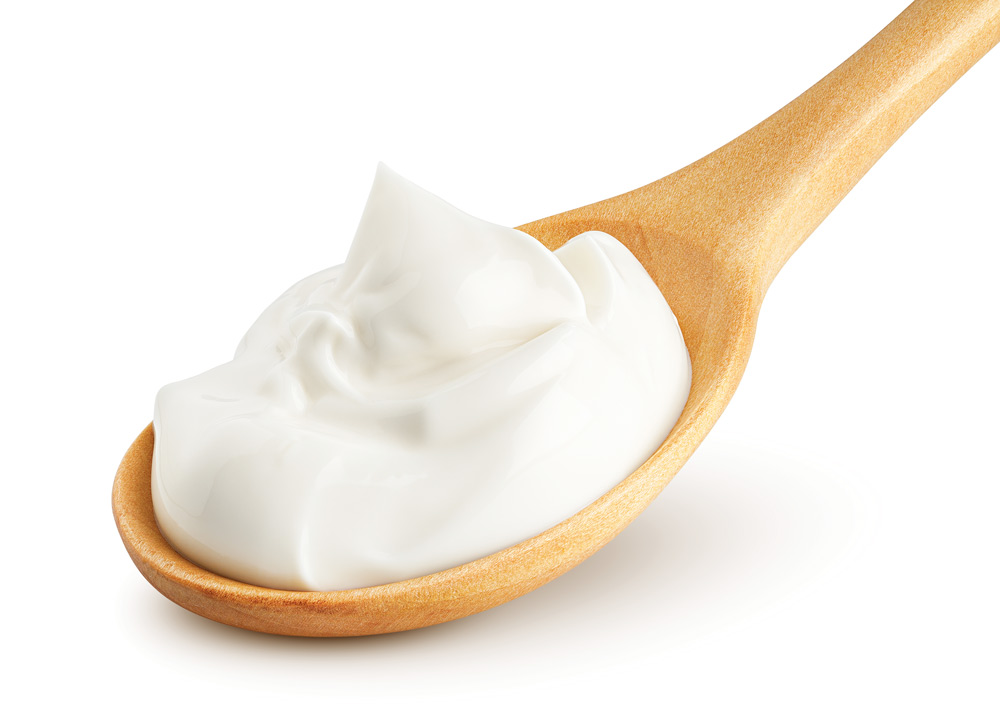
Remember, when purchasing store-bought yogurt, carefully read labels to ensure that it contains no artificial colours or flavours, and that no sugar or sugar substitutes have been added, particularly xylitol, which is toxic to our pets.
Yogurt offers lots of goodness to your whole family and can be a beneficial addition to your dogs’ daily diet or as a nutrient dense treat.
For More Great DIYs go to moderndogmagazine.com/diy-projects
Join the newsletter and never miss out on dog content again!
"*" indicates required fields
By clicking the arrow, you agree to our web Terms of Use and Privacy & Cookie Policy. Easy unsubscribe links are provided in every email.
